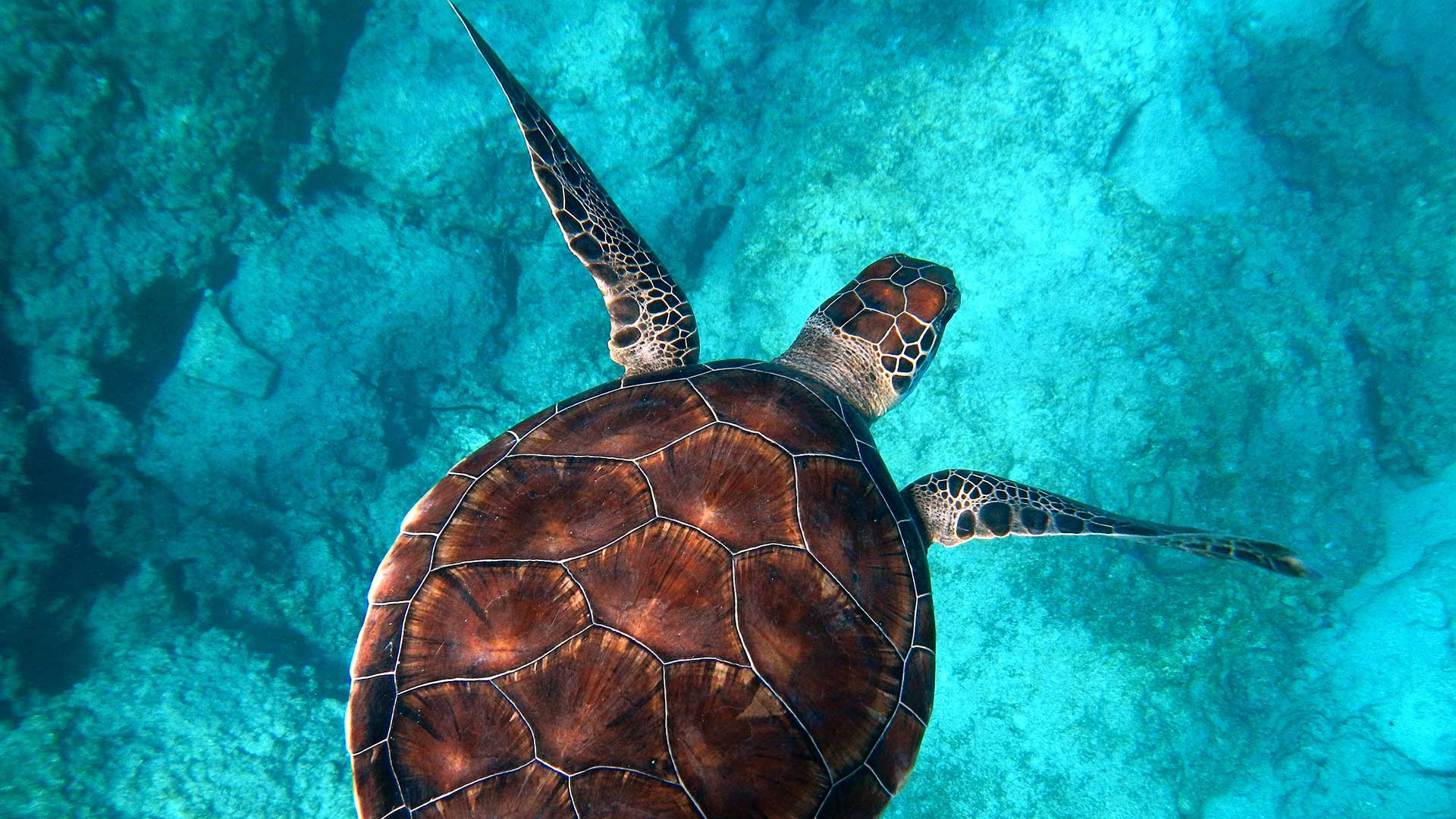New study outlines importance of adaptive management strategies for MPAs
February 6, 2017

WILDCOAST has long supported the conservation of our coastal and marine resources through a number of management strategies. In recent years the primary tool used for natural resource management in coastal and marine ecosystems has been the implementation of marine protected areas (MPAs). The establishment of MPAs is a relatively recent advancement in conservation science and works by restricting resource removal in select areas. Areas selected to become MPAs are chosen because of their importance as critical habitat, cultural sites and for strategic resource management. Recent studies have supported the benefits of MPAs showing that they increase the size of fish and invertebrates and act as a sort of “recharge station” for fisheries while improving overall ocean and ecosystem health. Many of the MPAs established around the state, such as those in San Diego, are approaching their five year review.
In a recent paper published in the journal of Ocean and Coastal Management titled Assessment and management of cumulative impacts in California’s network of marine protected areas, authors Megan E. Mach, et al. explain that simply establishing MPAs as stationary zones of protection may not be an effective management strategy without taking into consideration larger environmental stressors. As human population grows, sea surface temperatures rise, invasive species spread and the ocean becomes more acidic, management of MPAs needs to remain flexible the their ability to adapt. These adaptive approaches require the cooperation of stakeholders from all walks of life. The issue is that at times policy is slow to adapt to best management practices and as the paper points out “Marine protected areas are likely to result in desired conservation outcomes when human activities and their associated stressors impacting biodiversity and ecosystem integrity are understood, and the most important of these and their cumulative impacts are addressed.”
Continued cooperation from government agencies, researchers, policy makers, concerned citizens, and NGOs is imperative to the health of our coastal and marine ecosystems. WILDCOAST has and will continue to champion campaigns and programs to advance the health of our oceans and coastlines.
Journal article:



You must be logged in to post a comment.